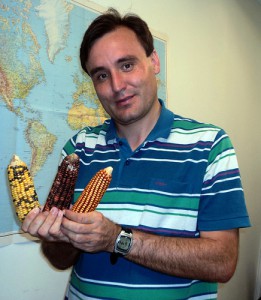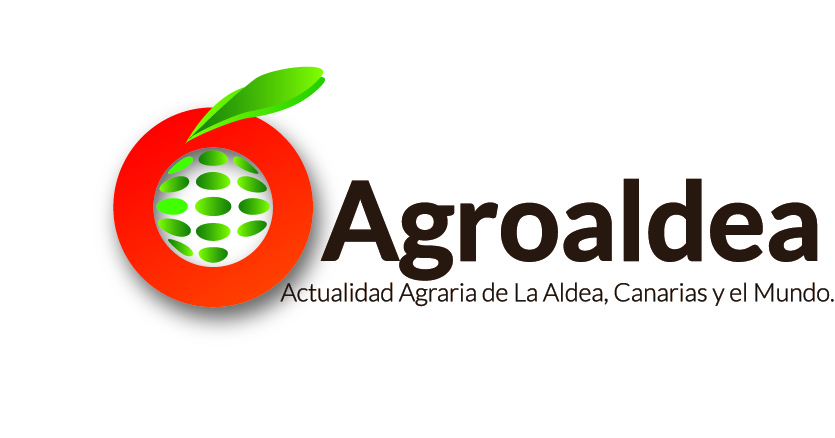 It is a hybrid and non-transgenic energy seed that they have called “vitamaíz”.
It is a hybrid and non-transgenic energy seed that they have called “vitamaíz”.
For thousands of years, native peoples have made crosses with seeds.. This process, known as hybridization, consists of genetically mixing some seeds of the same species and doing so gradually..
These methods were radically different from transgenics, which consists of printing genes, sometimes very different, to the species. How is the process more aggressive?, It is also more controversial. There is still no scientific certainty about the long-term effects of the use of GMOs..
 Mexican researchers from the Center for Research and Advanced Studies Irapuato Unit of the National Polytechnic Institute (IPN), Seven years ago, they began a project of gradually crossing blue corn to generate a hybrid that they named vitamaíz., just because it has more energetic properties.
Mexican researchers from the Center for Research and Advanced Studies Irapuato Unit of the National Polytechnic Institute (IPN), Seven years ago, they began a project of gradually crossing blue corn to generate a hybrid that they named vitamaíz., just because it has more energetic properties.
For not being transgender, but hybridization, The process is much slower and there is still little left before the product is finally marketable.
With the vitamaíz project we develop varieties that give us more life, providing carotenes and cellular antioxidants that prevent cardiovascular diseases and lengthen our life; we want to increase the diversity of corn with dark pigmentation, combining anthocyanins with carotenes and amino acids, explained Dr. Axel Tiessen Favier, responsible for the project that is developed in the Metabolomics and Molecular Physiology Laboratory of Cinvestav.
This experiment, in addition to its nutritional bonus, It also responds to the productive qualities that the proponents of transgenics often defend., which is greater productivity in the field. This seed will increase the yield per hectare compared to the ancestral Creoles, which proves that traditional experimentation, can also be used with commercial criteria.
[quote]The new variety can be released, grown and consumed without restrictions because it is not genetically modified.[/quote]
Tiesse indicates that to obtain vitamaize, blue corn was crossed with white corn.. First, Studies were carried out on the genes of the different species and, from the results, The plants and pollen that were considered suitable were chosen; the latter was placed on the stigmas of a specimen to achieve fertilization.
Subsequently, adds the researcher, Several cycles of crossing and selection of individual grains were carried out with the aim of obtaining seeds with the desired characteristics.; i.e., with blue pigmentation and the properties of both varieties, as well as firm ears and pest resistance. “This procedure does not involve laboratory genetic transfer, so the product is not a transgenic and can be released, grown and consumed without restrictions in Mexico”.
Another advantage that Vitamaíz confers is greater agricultural yield., because native corn does not adapt well to modern growing conditions. For example, Hybrid corn can be planted at densities of 80 thousand plants per hectare and are obtained from 12 to 14 tons of product, while, the ancestral only 50 thousand and six tons are harvested.
“The development of Vitamaíz combines the good of modern high-yield corn with the ancestral corn of our grandparents”, Tiessen Favier points out. Now, the experts of the Laboratory of Metabolomics and Molecular Physiology, They hope to place this product on the market in the next three years so that farmers and consumers can access a food with greater nutritional properties..
However, points out, that there is a need for awareness of blue corn consumption in Mexico, since people usually avoid it because they do not see it as clean as the one they eat daily. “The indigenous people did know the nutritional value of this type of corn, and they even saw them as something very valuable and sacred”.
The Biosafety Law regulates genetic engineering and, in Mexico, unlike the United States, The production of transgenic corn is not allowed because it is a center of origin; It is a precautionary measure to avoid conflicts with organic agriculture.

